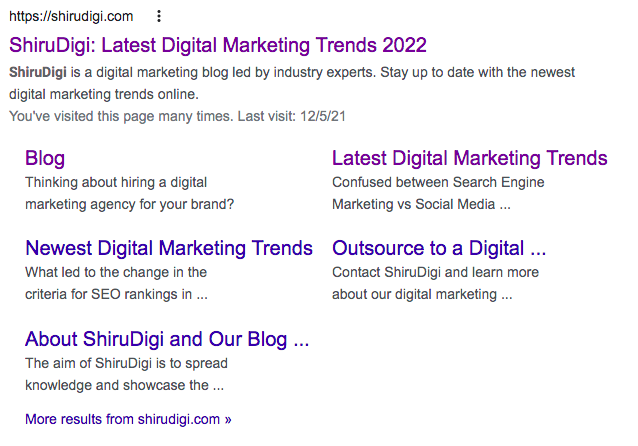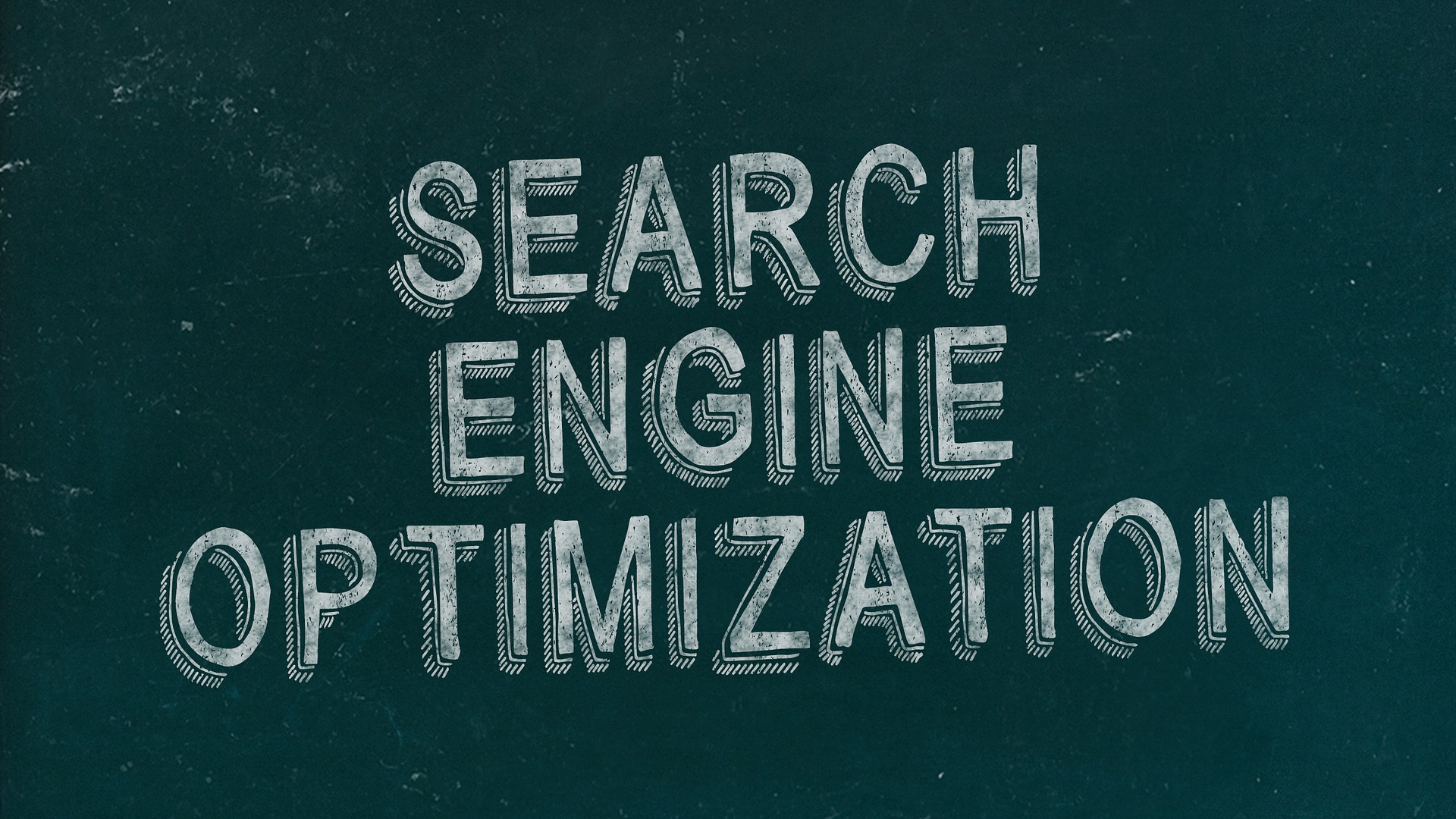Last Updated: December 30, 2021
SEO (short for Search Engine Optimization) is the technique which is used to help rank a website in search engines such as Google, Bing, and Yahoo. By improving the search engine rankings, brands get more visibility, brand credibility, and even more website traffic. And depending on the keywords you optimize your site towards, you also tremendously increase the chances of a successful conversion. (All without spending a penny on marketing!)
But, for those who are beginners in SEO and digital marketing, some of the SEO terminologies can be intimidating. That’s why at ShiruDigi, we took out the time to explain some commonly used terms in SEO.
Common Terms Used in SEO and Their Meanings
The Difference Between On-Page and Off-Page SEO
- On-Page SEO: The tactics implemented on the actual website which contributes towards the website’s SEO.
- Off-Page SEO: The tactics implemented on the internet (apart from the website) which contribute towards the website’s SEO.
Commonly Used On-Page SEO Terminology
- SEO Friendly Content: Content that is optimized in a way that the search engine algorithms favor.
- Meta Titles and Meta Descriptions: These are the text that will show up when a website’s link shows up in a search query. Below is how ShiruDigi’s home page shows up in a Google Search. The text in purple is the meta title and the text in black is the meta description. This has been defined by our internal team keeping in mind SEO best practices.

- Alt Tags: Search engine algorithms cannot interpret what the image is about. That is why marketers add an alt tag to each image. While crawling a webpage, search engines read this tag to understand what the image is about.
- Keyword Density: One of the ways search engines like Google check which keywords a webpage is relevant for is by scanning the website to check for which keywords are regularly present. For example, if you have a look at the articles published on ShiruDigi’s website, you will see that we have mentioned terms like ‘digital marketing blog’ and ‘latest digital marketing trends’ wherever applicable. So, when Gooogle (and other search engines) crawl our website and see these terms naturally placed, it will interpret it as that our website is relevant for these keywords.
- Sitemaps: A sitemap is a list of webpages on a website and helps guide the search engine’s algorithm to relevant and critical webpages.
Commonly Used Off-Page SEO Terminology
- Backlinks: A backlink is created when a website links to another external website. For example, Entertainment’s Saga recently published an article about How to Stay on Top of the Latest Digital Marketing Trends. Within it, they mentioned linked back to relevant webpages on ShiruDigi’s website. These links are considered as backlinks for our blog. Some other places marketers create backlinks are on directories and forums. If you prefer, ShiruDigi offers brands to outsource backlink creation to our team of experts.
- Guest Posting: Guest posting is a subset of backlinks. This is when brands publish an article on other websites that highlight the key points of the brand and/or their products. Somewhere within the article, a link to the brand’s website is mentioned.
- Social Signals: A social signal is a signal sent by social media platforms to search engines. This allows search engines to understand how much users are talking about a particular website or brand on social media. The more the buzz, the better it is for a website’s SEO.
Are there any SEO terms that you would like us to explain that are not mentioned in the list above? Let us know in the comments section below, and we’ll add it to our article!
Stay up to date with the best SEO practices online at ShiruDigi. Follow us on YouTube, Facebook, Instagram, and LinkedIn for regular updates.

Comments are closed